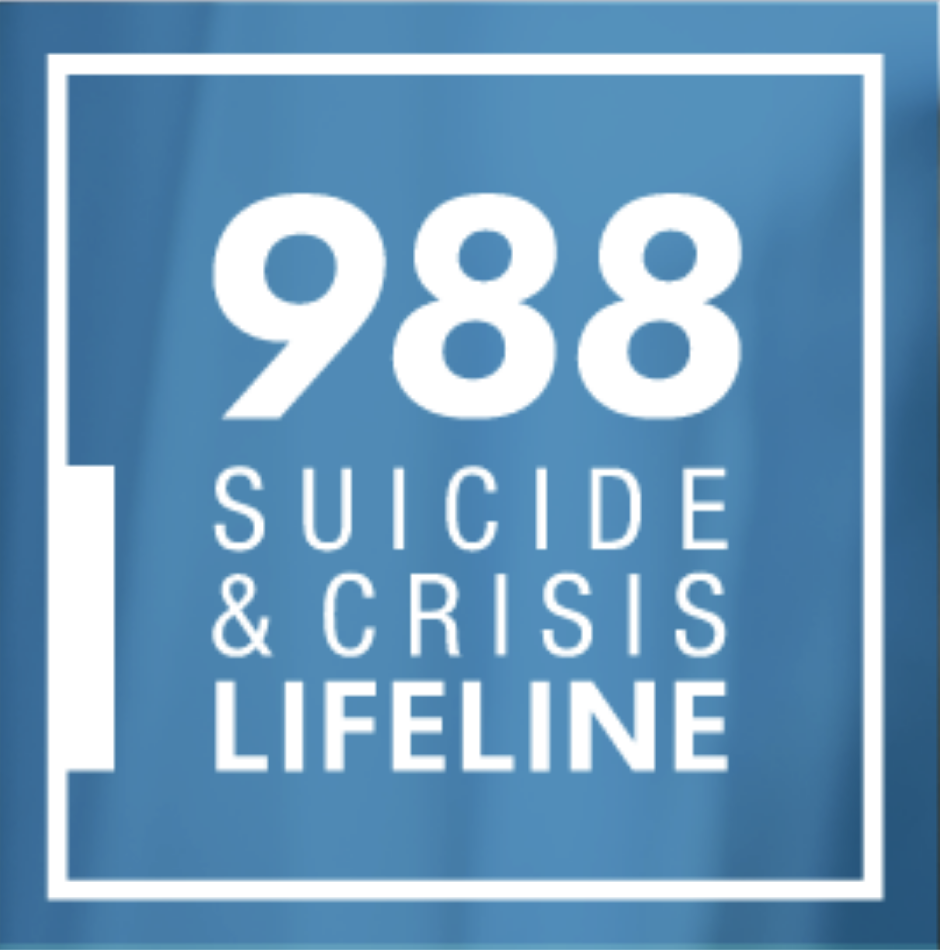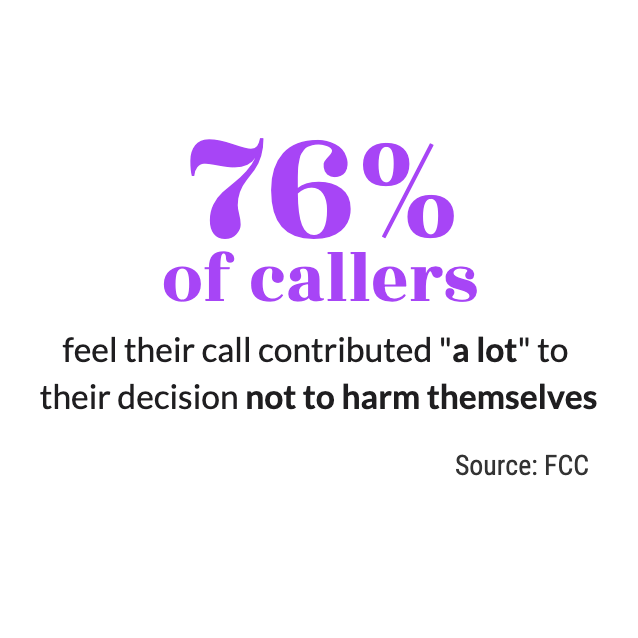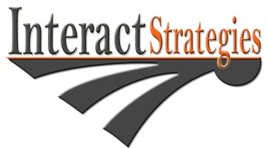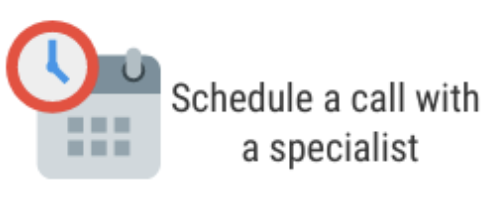The National Suicide Prevention the Lifeline is slated to officially evolve into a three-digit dialing code: 988

Interact Strategies is the proud partner of the 988 national initiative
National Suicide Prevention Lifeline
The National Suicide Prevention Lifeline is the national network for crisis call centers which provides 24/7 access to free and confidential support nationwide to people in emotional distress, experiencing a suicidal crisis, challenges with substance abuse or those looking for guidance in helping a loved one through a crisis.
Since going live in 2005, the Lifeline has received over 20 million calls from people in distress and looking for support.
The service is currently provided through the toll free number 1-800-273-8255. However, in 2022, it is slated to officially evolve into the three-digit dialing code, 988. Today, the Lifeline’s network has over 180 local, independent and state-funded crisis centers which are equipped to help.
The national Substance Abuse and Mental Health Services Administration (SAMHSA), the main support and funder of the service, views 988 as the initial steps to evolving the crisis care system.
Interact Strategies: a long-time partner of the Lifeline
For the past 15 years Interact Strategies provides communications solutions to organizations in need of simple, but flexible communications platforms. Interact Strategies’ involvement with the Lifeline started early on with the technology enablement of many of the Lifeline’s members such as Vibrant and Solari among others.
In 2020 Interact Strategies implemented the unified digital media platform expanding the NSPL services through other digital means of communication such as SMS and consolidating the technology with a centralized chat environment. The solution was adopted and implemented by over 47 members of the Lifeline’s network of local service providers.
In 2022, Interact Strategies was selected as a technology provider to help with the 988 initiatives. The initiatives include additional areas of improvements such as the development and implementation of a unified interaction platform for interaction routing, handling, documenting and reporting. This is Interact Strategies’ core expertise and we will provide a key role with this initiative.
Why do we need 988?
- Suicide is the 2nd leading cause of death among people ages 10 to 34.
- In the USA, there is a death by suicide approximately every 11 minutes.
- In 2019 over 47,500 Americans passed away as a result of suicide, a number that has increased by 35% between 1999 and 2018.
- The amount of children and teens that have visited an emergency room for suicide attempts or suicidal thoughts has doubled from 2007 to 2015.
- Every year more people die as a result of suicide than by either car accident or by homicide.
What happens when someone calls, chats or texts 988?
 When people call, text, or chat 988, they will be connected to trained counselors who are part of the existing National Suicide Prevention Lifeline network. These highly trained counselors will listen, understand the caller’s problems, provide the needed support and connect individuals to additional resources if necessary.
When people call, text, or chat 988, they will be connected to trained counselors who are part of the existing National Suicide Prevention Lifeline network. These highly trained counselors will listen, understand the caller’s problems, provide the needed support and connect individuals to additional resources if necessary.
The Lifeline is estimated to have reached over 2.5 million people in 2020. This move to an easy-to-remember 3-digit dialing code is going to provide greater access to essential life-saving services to individuals in emotional crisis.
How will 988 improve Health Care & Public Safety?
When there is a fire, rescue emergency, or when you need the police, you call 911. When there is a need for urgent mental health assistance, you call 988.
Once fully implemented, 988 call centers could divert many calls from 911, resulting in substantial cost-savings for health and emergency systems nationwide.
- Lifeline centers could divert hundreds of thousands of calls from 911 each year.
- Lifeline calls cost much less than a 911 call.
- Reduces law enforcement, public health and use of other safety resources.
- On average, the Lifeline only dispatches emergency services for 2% of calls.
- This reduction in dispatching emergency services in non-emergent mental health situations greatly frees up resources to respond to other public needs.
- Works to end stigma toward those seeking access to mental healthcare.

